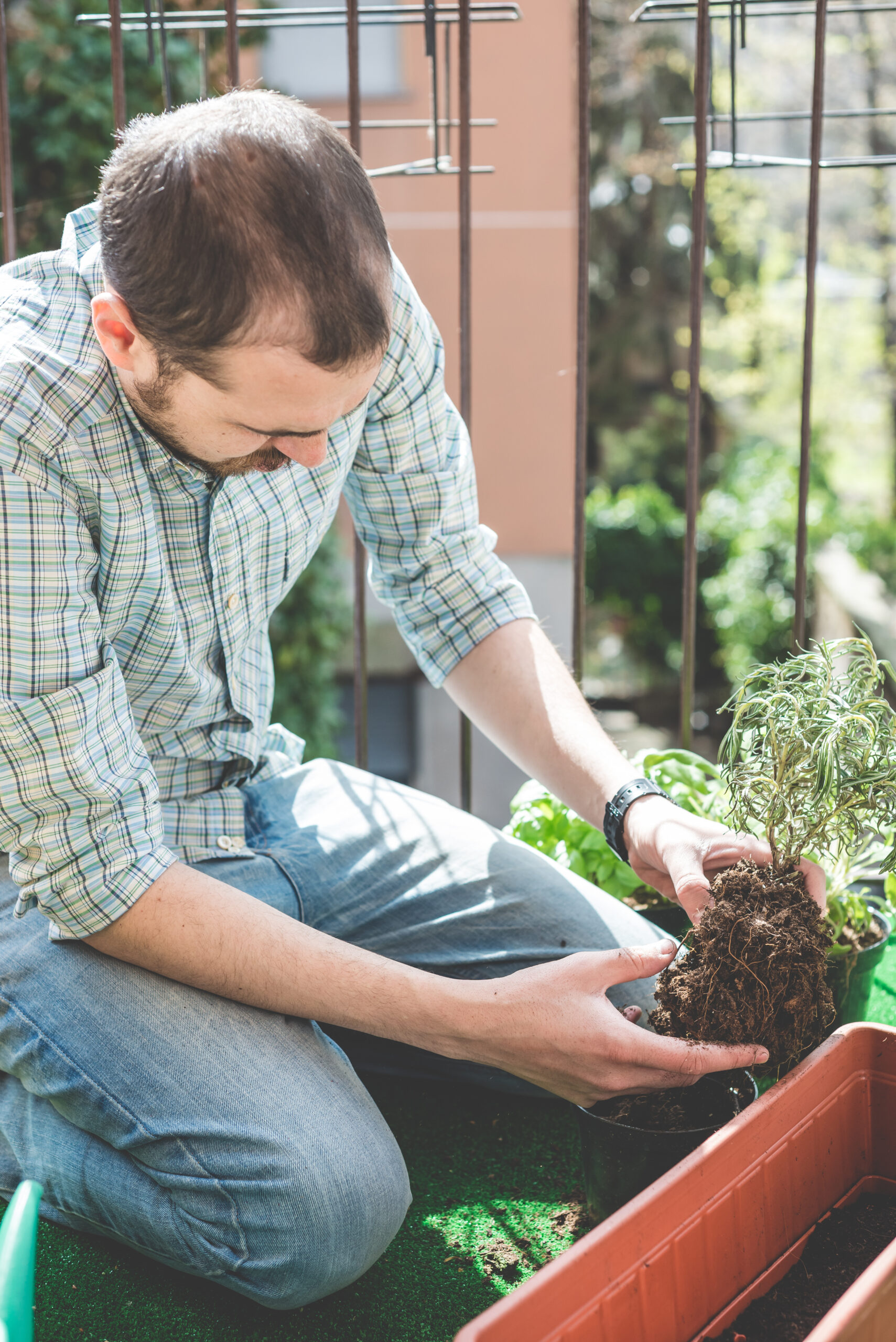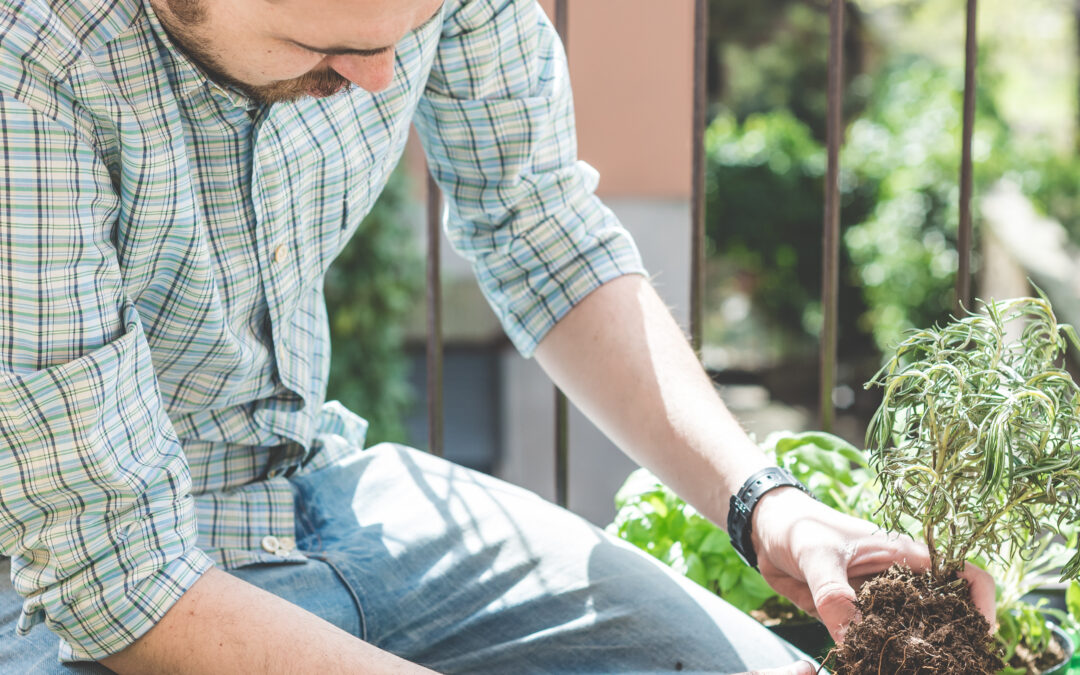Welcome to the world of home farming! Home farming is a great way to grow your own fresh produce, save money on groceries and live sustainably. In this beginner’s guide, we will cover everything you need to know to start your own home farm.
Introduction to Home Farming
Home farming is becoming increasingly popular as more people seek to live sustainable lives and reduce their carbon footprint. By growing your own food, you can enjoy fresh, healthy produce while also reducing your reliance on supermarkets and other commercial sources of food. Additionally, home farming can be a fun and rewarding hobby that the whole family can participate in.
Choosing the Right Plants and Crops
The first step in starting your home farm is choosing the right plants and crops to grow. Consider what types of produce you enjoy eating and research which varieties are best suited for home gardening. Some popular options include tomatoes, lettuce, spinach, radishes, carrots and herbs like basil and mint. You may also want to consider planting fruit trees or berry bushes for long-term yield.

Soil Preparation and Maintenance
Once you have chosen your plants and crops, it’s time to prepare your soil. Good soil is essential for healthy plant growth, so take the time to amend your soil with compost, manure or other organic matter. This will help improve drainage and aeration, making it easier for roots to grow and absorb nutrients. It’s also important to maintain your soil by regularly adding mulch and compost to suppress weeds and retain moisture.
Irrigation Systems and Water Management
Proper irrigation is critical for successful home farming. Installing an automatic watering system can make it easy to keep your plants hydrated without overwatering them. Drip irrigation systems are particularly effective at delivering water directly to the root zone where it’s needed most. Just remember to monitor your plants closely and adjust your watering schedule based on weather conditions and plant needs.
Pest Control and Disease Management
Unfortunately, pests and diseases are a fact of life when it comes to home farming. To prevent these problems, use natural methods such as companion planting, crop rotation and handpicking insects whenever possible. If necessary, you can also use organic pesticides and fungicides to control serious infestations. Remember to always read labels carefully and follow instructions exactly to avoid harming beneficial insects or contaminating your produce.
Harvesting and Storage Techniques
Finally, once your plants have matured, it’s time to harvest and store your produce. Harvest vegetables and fruits when they are ripe but still firm, using clean tools and handling them gently to minimize bruising and damage. Store your produce properly depending on its type – some items may last longer in the fridge while others benefit from being stored in a cool dark place like a root cellar.
In conclusion, home farming can be a fulfilling and rewarding experience for anyone willing to put in the effort. With careful planning, attention to detail and a bit of trial and error, you too can become a successful home farmer. Happy farming!



